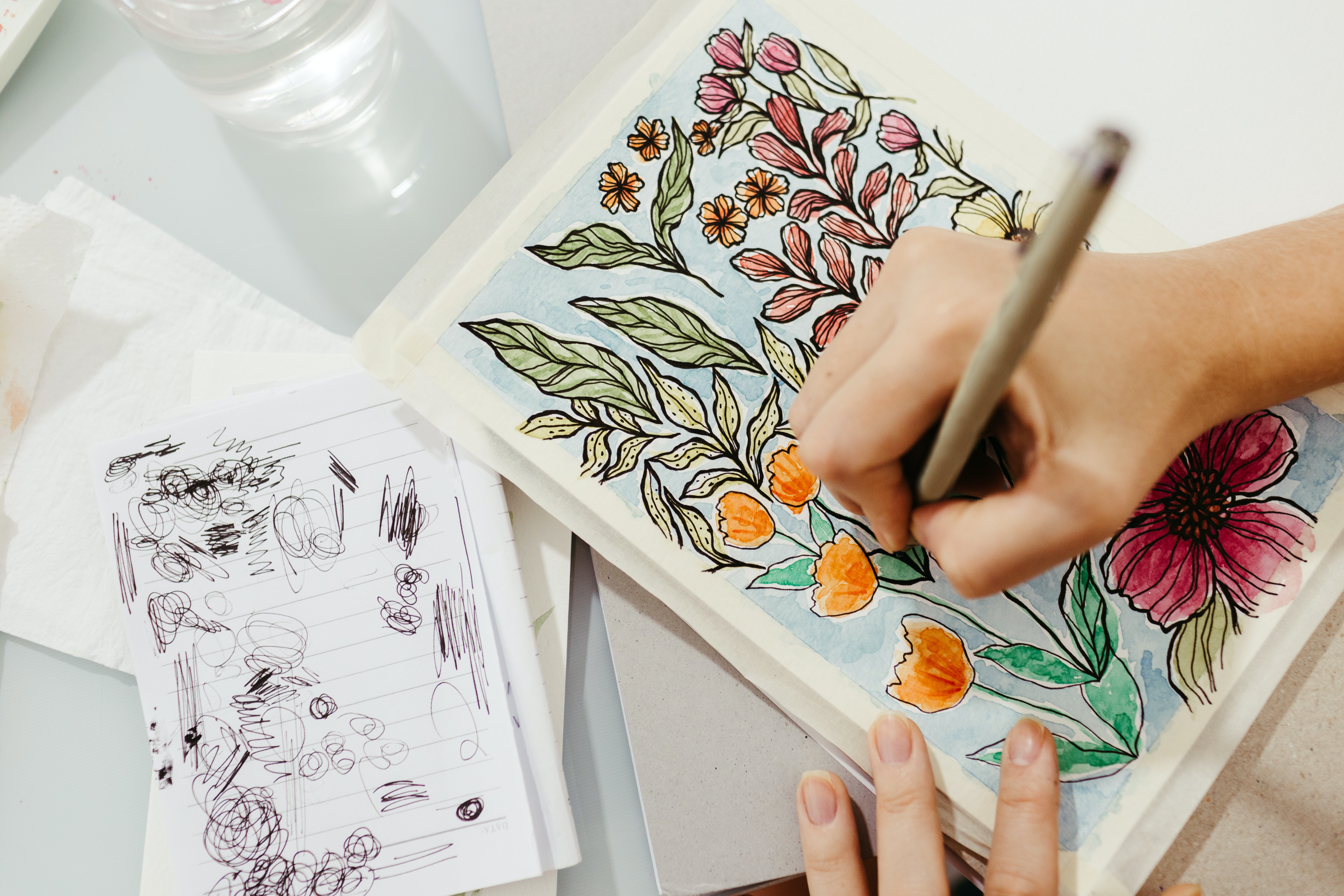
Creativity and art therapy are supposed to be included in ways to uplift your mental health. It is called to be one of the most underrated forms of self-care. You have to enable your creativity to flow freely in times of need when you are stressed, overwhelmed, and angry, etc. It enables you to calm and relax and focus on transforming your heavy emotions into a piece of art.
A famous art therapist Leah Guzman is of the view that you can always tap into the creativity and allow yourself to give an outlet to your emotions. One can enable himself to cope with traumatizing events that have happened or are happening in recent times.
We had a conversation with two art therapists to ask them about the ways to bring your art to a therapeutic level and for boosting your mental health. But before going into the details let’s talk more about art therapy.
Definition of Art therapy:
There is a great misconception about art therapy. People use to think that art is only for kids. They use to think that they do not have the age to join an art class. Some use to think that art class is not a real sort of therapy. But actually, art therapy is almost same as talk therapy. Where a person you can explore their emotions and other psychological challenges with the coordination and cooperation of the art therapist. He uses different creative techniques like drawing, painting, coloring, etc.
Art becomes a path to channel your emotions which you can hardly express through words. Art tells a lot about a person and its mindset. That’s the reason why people can feel a divine flow during the process of art and creativity.
Many people think that art therapy is not for them for many reasons. The topmost reason is the assumption that they lack the skills and creativity. But the art therapist lets you know that there is no such need to have a certain skill to practice art therapy and that people should not worry about this. Many exercises do not require any specific advanced skill. They are all just activities with basic supplies and tools. The main focus of art is the process and not the outcome. Art therapy helps you to gain new experiences and learn and relax in the process.
An art therapist gives you a proper consultation for the long term. They help you to relax and get stress free in the best possible manner. If anybody wants to not go in a proper art therapy session then you can opt for starting art therapy-inspired activities. These activities also help you to calm down and stop your negative thought process. Following are some exercises or activities that will be useful for you as a beginner of art therapy:
· Creation of safe and secure space:
Farber the art therapist suggests people build or draw a physical form of a secure space that can mean a certain value for them. The meaning or value can be emotional needs or comfort or any other emotion. The material for the making of these safe spaces can be fabric, cardboard, wire, etc. It helps the client to make the space as physical as possible. One can also refer to Pinterest for ideas or inspiration. This activity enables you to self-reflect during the art process and even after the process.
The art therapist then asks several questions from the client. What do they feel in their body during the process? Or what exactly do they associate safety with? What are the colors and symbols you select? And what does your space defend you?
· Colors a means of feeling:
It’s not so easy to recognize what emotions you are dealing with. Mostly the first step towards healing is identifying the feeling and labeling it. It enables you to deal with the identified feeling. The art therapist Guzman suggests to the beginners that the feeling wheel is a way to effectively identify and feel their emotions.
To practice this exercise, one has to do the following things:
· First, you have to draw a circle. Then you have to divide it into eights parts like a pie.
· Then you have to write each emotion (happy, contended, anger, grief, resentment, sadness, etc.) in each section.
· Now you have to lot each section a color that best represents that feeling.
After doing these steps now you have to observe what feeling you wrote first? What feeling are you in recently or at the moment? And have you colored the same color to multiple sections? If yes, then what does it mean? Then you should observe your feeling wheel and see if there are more positive emotions or negative emotions?
It allows the better understanding and then working for your mental health in the best of the abilities. These tips are written in Guzman’s book “Essential art therapy Exercises”
· Response Art:
Another way or exercise of art therapy is response art where you can opt for your favorite song lyrics, poem, or any passage and then make an art regarding that. Respond to your favorite lines or lyrics. Not matter through doodling, coloring, or using clay. The only important task here is to make a physical response to those specific words. During the work or task, ask yourself the following questions:
· Why did I select this prompt?
· How does it resonate with me?
· And how did you feel during the process?
· Craftivism:
Moreover, another important way or tip of art therapy inspired activities includes craft or art of handmade objects. These handmade objects can be quilting and embroidery. Crafted handmade objects have a long history. People use to do this craft to express them to regulate their protests or difficult emotions. It used to make them feel relaxed. These art pieces use to give meaning and weightage to their emotions. And they use to feel good about themselves and their skills.
Farber also persuades the clients to do the craft sort of exercise for healing purposes. He was of the view that it allows the person to become slow. And still in the process that often helps them to clear out the stress or anxieties.
Now you don’t have to worry. You can start with a basic thing like making a small pillow by sewing and stitching. One can also add a personalized message onto the pillow through the stitching. This personalization helps you. To regulate your deep emotions which are buried inside you.
Moreover, other than this one can make a fusion of art therapy and activism. This fusion is commonly called craftivism. This is the gentlest form of activism. In this way, you can support many social movements like Black lives matter, etc.
· Connecting with nature:
Farber suggests the clients include the walk-in their self-care routine. It helps you to become more present and observe. You start to connect with nature. It brings a tranquil feeling inside the person. The connection happens, when you start observing and acknowledging the wonders of nature. One can collect different things on their way. Like pine cones, rocks, leaves, etc. One can also observe the sky. Then whenever you come home from a walk use that observation and connectivity to create a sculpture. It enhances your ability to feel more deeply and create art. That will represent your peaceful experience of nature and its wonder.
Now if somebody is into digital art therapy. Then you can take pictures while doing the walk. You can moreover, skim through your social media. And save pictures of nature that make you feel good. And beautiful that will help you feel good. Now with each photo observe what it makes you feel. And then give them a title or name.
Then use this photo as a reference and do something related to this photo. To give them meaning based on your feelings. It is up to you if you want to print them or keep them in your gallery for future purposes of going back to them to feel the emotion. Moreover, one can also make a collage of these nature photos. And make them personalized according to their emotions. It enables you to keep the vibe of nature in front of you inside your home.
Conclusion:
Thus these are some main tips or exercises one can do to pull themselves out of a deep phase and depression. These ways can help you be creative and feel good about yourself and can help you in improving your art skills. It enables you to uplift your mood. And your overall take on the world and people. You become less negative and you try to be more positive towards life and its perspectives.
Leave a Comment
Related Posts
-
18 May 2022
-
18 May 2022
-
20 May 2022
Sign up for free, explore fun and knowledgeable content, and make your own portfolio!
🟢All System Operational
© 2022 - 2025 Freelancing by Fay.
Design by Limitless Technologies Pakistan - All rights reserved.
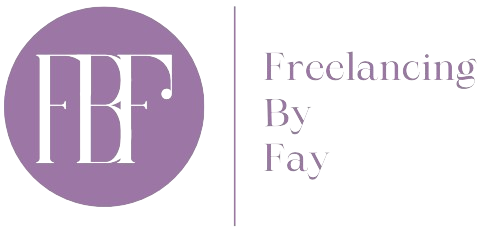



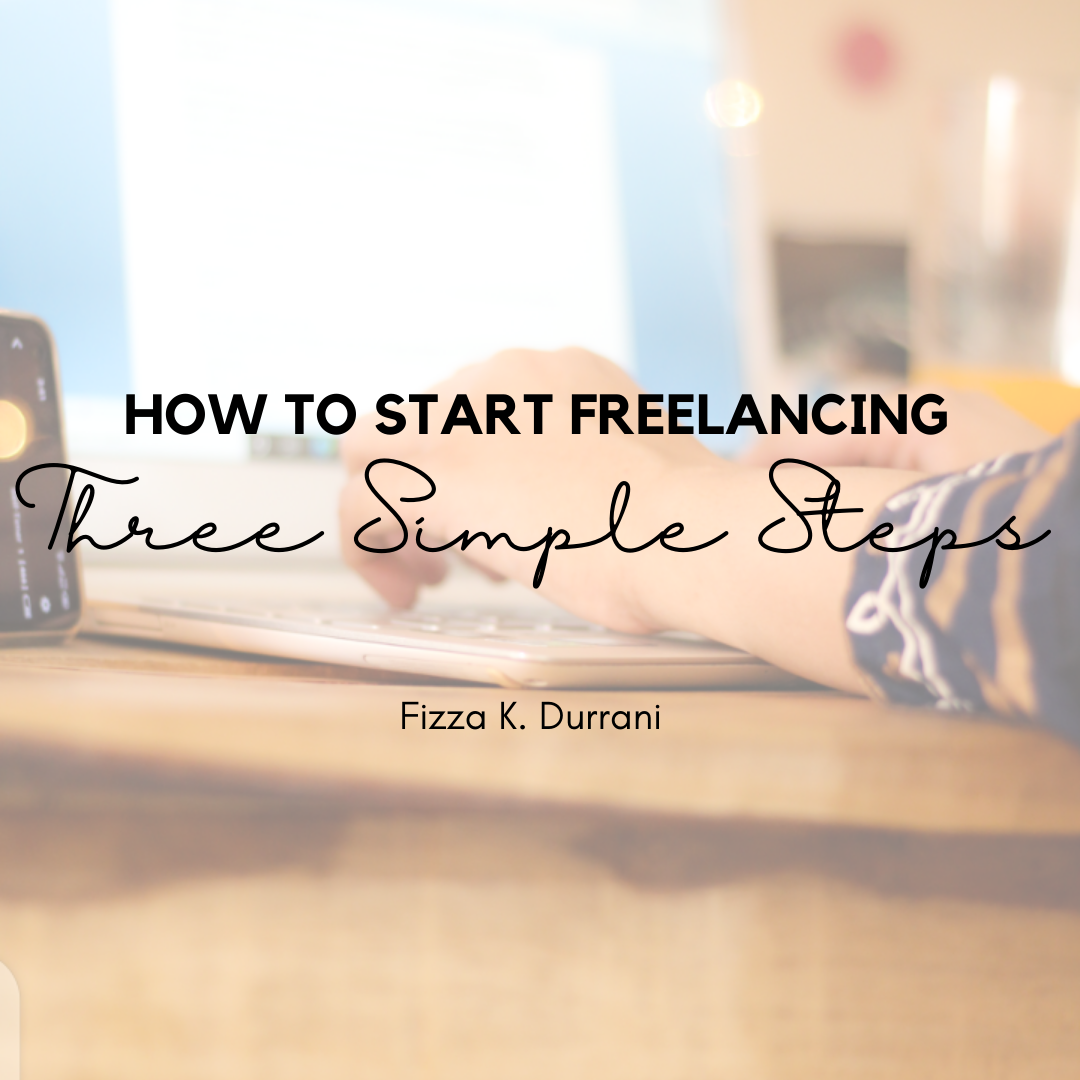
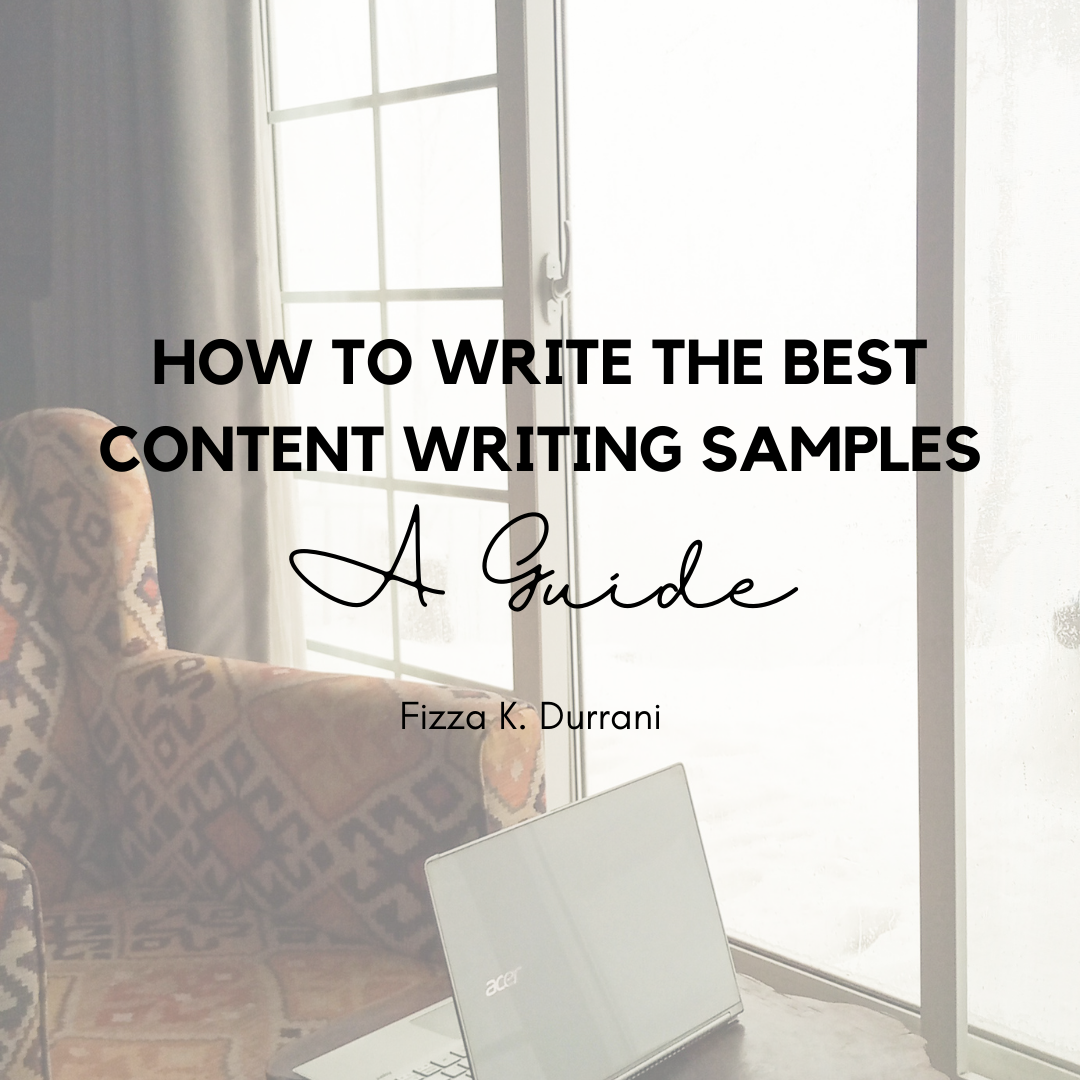
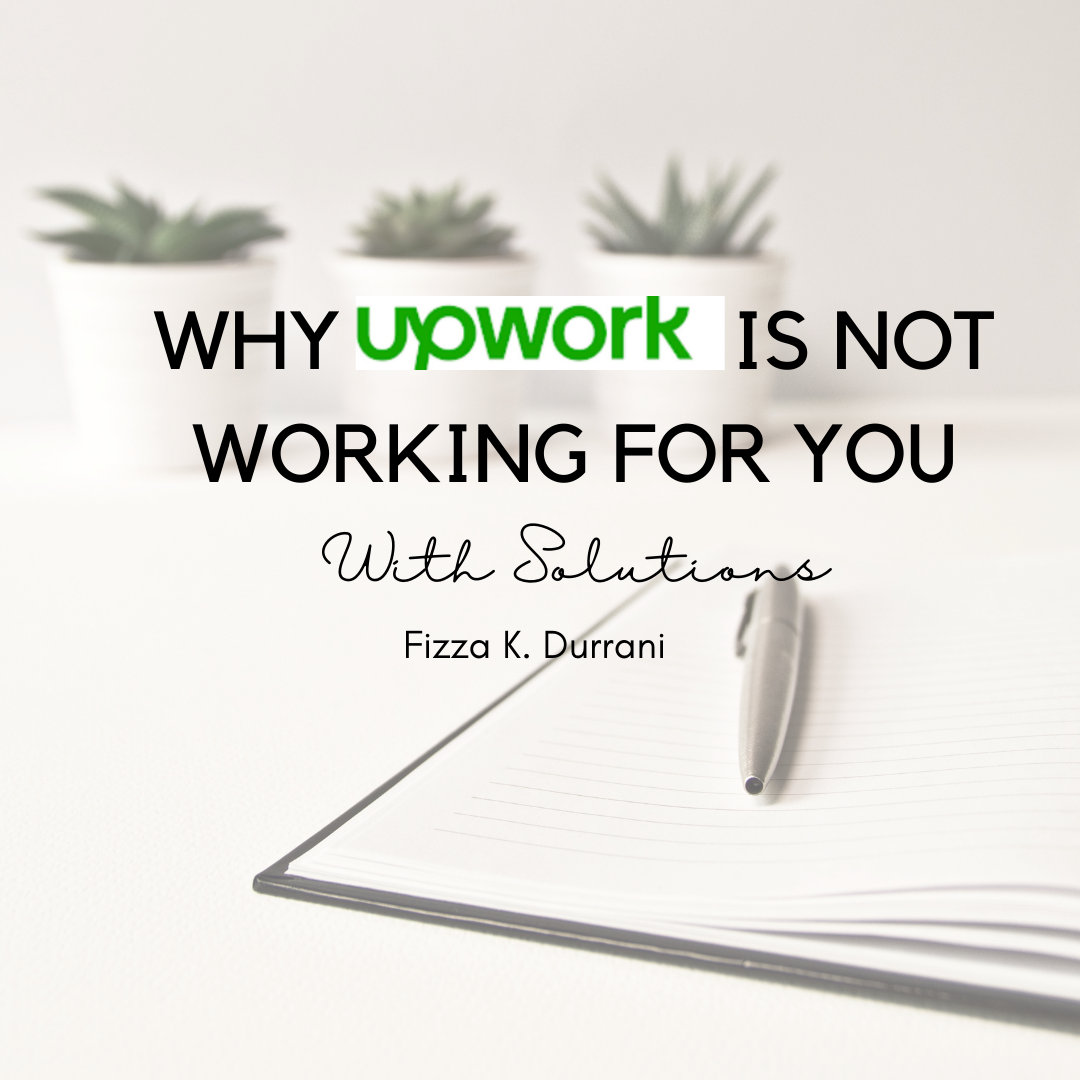
0 Comments